Aboul-Maaty, NA-F and Oraby, HA-S 2019. Extraction of high-quality genomic DNA from different plant orders applying a modified CTAB-based method.
Bull. Natl. Res. Centre 43:25.


Aguilar, E., Cutrona, C., Del Toro, F. J., Vallarino, J. G., Osorio, S., Pérez-Bueno, M. L., Barón, M., Chung, B.-N., Canto, T. and Tenllado, F. 2017. Virulence determines beneficial trade-offs in the response of virus-infected plants to drought via induction of salicylic acid.
Plant Cell Environ 40:2909-2930.



Bergès, S. E., Vile, D., Yvon, M., Masclef, D., Dauzat, M. and van Munster, M. 2021. Water deficit changes the relationships between epidemiological traits of Cauliflower mosaic virus across diverse
Arabidopsis thaliana accessions.
Sci. Rep 11:24103.




Brown, R. K., Wyatt, H., Price, J. F. and Kelly, F. J. 1996. Pulmonary dysfunction in cystic fibrosis is associated with oxidative stress.
Eur. Respir. J 9:334-339.


Burn, J. E., Hocart, C. H., Birch, R. J., Cork, A. C. and Williamson, R. E. 2002. Functional analysis of the cellulose synthase genes CesA1, CesA2, and CesA3 in Arabidopsis.
Plant Physiol 129:797-807.




Çevik, B., Kıvrak, H. and Şahin-Çevik, M. 2019. Development of a graft inoculation method and a real-time RT-PCR assay for monitoring tomato chlorosis virus infection in tomato.
J. Virol. Methods 265:1-8.


Chen, T., Lv, Y., Zhao, T., Li, N., Yang, Y., Yu, W., He, X., Liu, T. and Zhang, B. 2013. Comparative transcriptome profiling of a resistant vs. susceptible tomato (
Solanum lycopersicum) cultivar in response to infection by tomato yellow leaf curl virus.
PLoS ONE 8:e80816.



Chen, Z., Hong, X., Zhang, H., Wang, Y., Li, X., Zhu, J.-K. and Gong, Z. 2005. Disruption of the cellulose synthase gene, AtCesA8/IRX1, enhances drought and osmotic stress tolerance in Arabidopsis.
Plant J 43:273-283.


Chu, Z., Chen, H., Zhang, Y., Zhang, Z., Zheng, N., Yin, B., Yan, H., Zhu, L., Zhao, X., Yuan, M., Zhang, X. and Xie, Q. 2007. Knockout of the AtCESA2 gene affects microtubule orientation and causes abnormal cell expansion in Arabidopsis.
Plant Physiol 143:213-224.



Corrales-Gutierrez, M., Medina-Puche, L., Yu, Y., Wang, L., Ding, X., Luna, A. P., Bejarano, E. R., Castillo, A. G. and Lozano-Duran, R. 2020. The C4 protein from the geminivirus tomato yellow leaf curl virus confers drought tolerance in Arabidopsis through an ABA-independent mechanism.
Plant Biotechnol. J 18:1121-1123.



Czosnek, H. 2021. Tomato yellow leaf curl viruses (Geminiviridae). In:
Encyclopedia of virology, eds. by D. H. Bamford and M. Zuckerman, 4th ed. pp. 768-777. Elsevier, Amsterdam, The Netherlands.

Dai, H., Cheng, L., Zhu, X., Liu, Y. and Zhao, J. 2017. Co-infections of Tomato chlorosis virus and Tomato yellow leaf curl virus transmitted by tobacco whitefly Bemisia tabaci to different tomato varieties. J. Plant Prot 44:453-459.
Dastogeer, K. M., Chakraborty, A., Sarker, M. S. A. and Akter, M. A. 2020. Roles of fungal endophytes and viruses in mediating drought stress tolerance in plants. Int. J. Agric. Biol 24:1497-1512.
Desbiez, C., Verdin, E., Moury, B., Lecoq, H., Millot, P., Wipf-Scheibel, C., Mirzayeva, S., Sultanova, N., Balakishiyeva, G., Mammadov, A., Kheyr-Pour, A. and Huseynova, I. 2019. Prevalence and molecular diversity of the main viruses infecting cucurbit and solanaceous crops in Azerbaijan.
Eur. J. Plant Pathol 153:359-369.


Dovas, C., Katis, N. I. and Avgelis, A. D. 2002. Multiplex detection of criniviruses associated with epidemics of a yellowing disease of tomato in Greece.
Plant Dis 86:1345-1349.


Espinoza, C., Medina, C., Somerville, S. and Arce-Johnson, P. 2007. Senescence-associated genes induced during compatible viral interactions with grapevine and Arabidopsis.
J. Exp. Bot 58:3197-3212.


Foyer, C. H., Valadier, M. H., Migge, A. and Becker, T. W. 1998. Drought-induced effects on nitrate reductase activity and mRNA and on the coordination of nitrogen and carbon metabolism in maize leaves.
Plant Physiol 117:283-292.


Fullana-Pericàs, M., Ponce, J., Conesa, M. A., Juan, A., Ribas-Carbó, M. and Galmés, J. 2018. Changes in yield, growth and photosynthesis in a drought-adapted Mediterranean tomato landrace (Solanum lycopersicum ‘Ramellet’) when grafted onto commercial rootstocks and
Solanum pimpinellifolium.
Sci. Hortic 233:70-77.

Gargallo-Garriga, A., Sardans, J., Pérez-Trujillo, M., Rivas-Ubach, A., Oravec, M., Vecerova, K., Urban, O., Jentsch, A., Kreyling, J., Beierkuhnlein, C., Parella, T. and Peñuelas, J. 2014. Opposite metabolic responses of shoots and roots to drought.
Sci. Rep 4:6829.




Garrett, K. A., Dendy, S. P., Frank, E. E., Rouse, M. N. and Travers, S. E. 2006. Climate change effects of plant disease: genomes to ecosystems.
Annu. Rev. Phytopathol 44:489-509.


González, R., Butković, A., Escaray, F. J., Martínez-Latorre, J., Melero, Í, Pérez-Parets, E., Gómez-Cadenas, A., Carrasco, P. and Elena, S. F. 2021. Plant virus evolution under strong drought conditions results in a transition from parasitism to mutualism.
Proc. Natl. Acad. Sci. U. S. A 118:e2020990118.


Grünzweig, J. M., Katan, J., Ben-Tal, Y. and Rabinowitch, H. D. 1999. The role of mineral nutrients in the increased growth response of tomato plants in solarized soil. Plant Soil 206:21-27.
Hančinský, R., Mihálik, D., Mrkvová, M., Candresse, T. and Glasa, M. 2020. Plant viruses infecting Solanaceae family members in the cultivated and wild environments: a review.
Plants 9:667.



Heidari, P., Ahmadizadeh, M., Izanlo, F. and Nussbaumer, T. 2019.
In silico study of the CESA and CSL gene family in
Arabidopsis thaliana and
Oryza sativa: focus on post-translation modifications.
Plant Gene 19:100189.

Hosseini, S. A., Zamani, G. R., Yaghub, Z. M. and Khayyat, M. 2018. Effects of Cucumber mosaic virus infection and drought tolerance of tomato plants under greenhouse conditions: preliminary results.
J. Berry Res 8:129-136.

Hu, H., Zhang, R., Feng, S., Wang, Y., Wang, Y., Fan, C., Li, Y., Liu, Z., Schneider, R., Xia, T., Ding, S.-Y., Persson, S. and Peng, L. 2018. Three AtCesA6-like members enhance biomass production by distinctively promoting cell growth in
Arabidopsis.
Plant Biotechnol. J 16:976-988.



Hull, R. 2002. Matthews’ plant virology. 4th ed. Academic Press, San Diego, CA, USA. pp. 1056.
Khan, S. H., Khan, A., Litaf, U., Shah, A. S., Khan, M. A., Bilal, M. and Ali, M. U. 2015. Effect of drought stress on Tomato cv. Bombino.
J. Food Process. Technol 6:7.

Klay, I., Pirrello, J., Riahi, L., Bernadac, A., Cherif, A., Bouzayen, M. and Bouzid, S. 2014. Ethylene response factor Sl-ERF.B.3 is responsive to abiotic stresses and mediates salt and cold stress response regulation in tomato.
ScientificWorldJournal 2014:167681.




Krishna, R., Ansari, W. A., Soumia, P. S., Yadav, A., Jaiswal, D. K., Kumar, S., Singh, A. K., Singh, M. and Verma, J. P. 2022. Biotechnological interventions in tomato (
Solanum lycopersicum) for drought stress tolerance: achievements and future prospects.
BioTech 11:48.



Landrein, B. and Hamant, O. 2013. How mechanical stress controls microtubule behavior and morphogenesis in plants: history, experiments and revisited theories.
Plant J 75:324-338.


Le Gall, H., Philippe, F., Domon, J.-M., Gillet, F., Pelloux, J. and Rayon, C. 2015. Cell wall metabolism in response to abiotic stress.
Plants 4:112-166.



Lee, H., Kim, M.-K., Choi, H.-S., Kang, J.-H., Ju, H.-J. and Seo, J.-K. 2017. Efficient transmission and propagation of tomato chlorosis virus by simple single-leaflet grafting.
Plant Pathol. J 33:345-349.



Lesk, C., Rowhani, P. and Ramankutty, N. 2016. Influence of extreme weather disasters on global crop production.
Nature 529:84-87.



Liang, G., Bu, J., Zhang, S., Jing, G., Zhang, G. and Liu, X. 2018. Effects of drought stress on the photosynthetic physiological parameters of
Populus×euramericana ‘Neva’.
J. For. Res 30:409-416.


Liang, G., Liu, J., Zhang, J. and Guo, J. 2020. Effects of drought stress on photosynthetic and physiological parameters of tomato.
J. Am. Soc. Hortic. Sci 145:12-17.

Livak, K. J. and Schmittgen, T. D. 2001. Analysis of relative gene expression data using real-time quantitative PCR and the 2-ΔΔCT method.
Methods 25:402-408.


Louro, D., Accotto, G. and Vaira, A. M. 2000. Occurrence and diagnosis of Tomato chlorosis virus in Portugal. Eur. J. Plant Pathol 106:589-592.
Macedo, M. A., Inoue-Nagata, A. K., Silva, T. N. Z., Freitas, D. M. S., Rezende, J. A. M., Barbosa, J. C., Michereff-Filho, M., Nascimento, A. R., Lourenção, A. and Filho, A. B. 2019. Temporal and spatial progress of the diseases caused by the Crinivirus tomato chlorosis virus and the Begomovirus tomato severe rugose virus in tomatoes in Brazil.
Plant Pathol 68:72-84.


Mackie, A. E., Barbetti, M. J., Rodoni, B., McKirdy, S. J. and Jones, R. A. C. 2019. Effects of a potato spindle tuber viroid tomato strain on the symptoms, biomass, and yields of classical indicator and currently grown potato and tomato cultivars.
Plant Dis 103:3009-3017.


Malinovsky, F. G., Fangel, J. U. and Willats, W. G. T. 2014. The role of the cell wall in plant immunity.
Front. Plant Sci 5:178.



Marchant, W. G., Gautam, S., Hutton, S. F. and Srinivasan, R. 2020. Tomato yellow leaf curl virus-resistant and -susceptible tomato genotypes similarly impact the virus population genetics.
Front. Plant Sci 11:599697.



Martínez-Culebras, P., Font, I. and Jordá, C. 2001. A rapid PCR method to discriminate between Tomato yellow leaf curl virus isolates.
Ann. Appl. Biol 139:251-257.

Mayek-Pérez, N., García-Espinosa, R., López-Casteñeda, C., Acosta-Gallegos, J. A. and Simpson, J. 2002. Water relations, histopathology and growth of common bean (
Phaseolus vulgaris L.) during pathogenesis of
Macrophomina phaseolina under drought stress.
Physiol. Mol. Plant Pathol 60:185-195.

McElrone, A. J., Sherald, J. L. and Forseth, I. N. 2001. Effects of water stress on symptomatology and growth of
Parthenocissus quinquefolia infected by
Xylella fastidiosa.
Plant Dis 85:1160-1164.


McLaughlin, M. R. and Windham, G. L. 1996. Effects of peanut stunt virus,
Meloidogyne incognita, and drought on growth and persistence of white clover.
Phytopathology 86:1105-1111.

Milc, J., Bagnaresi, P., Aragona, M., Valente, M. T., Biselli, C., Infantino, A., Francia, E. and Pecchioni, N. 2019. Comparative transcriptome profiling of the response to
Pyrenochaeta lycopersici in resistant tomato cultivar Mogeor and its background genotype-susceptible Moneymaker.
Funct. Integr. Genomics 19:811-826.



Mishra, R., Shteinberg, M., Shkolnik, D., Anfoka, G., Czosnek, H. and Gorovits, R. 2022. Interplay between abiotic (drought) and biotic (virus) stresses in tomato plants.
Mol. Plant Pathol 23:475-488.



Moriones, E. and Navas-Castillo, J. 2000. Tomato yellow leaf curl virus, an emerging virus complex causing epidemics worldwide.
Virus Res 71:123-134.


Narciso, J., Oane, R. H., Kumar, A. and Kohli, A. 2010. Cellulose synthase as a major candidate gene in the large effect QTL for rice yield under drought stress. Philip. J. Crop Sci 35:7.
Ong, S. N., Taheri, S., Othman, R. Y. and Teo, C. H. 2020. Viral disease of tomato crops (
Solanum lycopesicum L.): an overview.
J. Plant Dis. Prot 127:725-739.


Orfanidou, C. G., Pappi, P. G., Efthimiou, K. E., Katis, N. I. and Maliogka, V. I. 2016. Transmission of Tomato chlorosis virus (ToCV) by
Bemisia tabaci biotype Q and evaluation of four weed species as viral sources.
Plant Dis 100:2043-2049.


Papayiannis, L. C., Harkoua, I. S., Markou, Y. M., Demetriou, C. N. and Katis, N. I. 2011. Rapid discrimination of Tomato chlorosis virus, Tomato infectious chlorosis virus and co-amplification of plant internal control using real-time RT-PCR.
J. Virol. Methods 176:53-59.


Patanè, C., Cosentino, S. L., Romano, D. and Toscano, S. 2022. Relative water content, proline, and antioxidant enzymes in leaves of long shelf-life tomatoes under drought stress and rewatering.
Plants 11:3045.



Pathirana, R. and McKenzie, M. J. 2005. A modified green-grafting technique for large-scale virus indexing of grapevine (
Vitis vinifera L.).
Sci. Hortic 107:97-102.

Poudel, M., Mendes, R., Costa, L. A. S., Bueno, C. G., Meng, Y., Folimonova, S. Y., Garrett, K. A. and Martins, S. J. 2021. The role of plant-associated bacteria, fungi, and viruses in drought stress mitigation.
Front. Microbiol 12:743512.



Prasch, C. M. and Sonnewald, U. 2013. Simultaneous application of heat, drought, and virus to Arabidopsis plants reveals significant shifts in signaling networks.
Plant Physiol 162:1849-1866.



Rivarez, M. P. S., Vučurović, A., Mehle, N., Ravnikar, M. and Kutnjak, D. 2021. Global advances in tomato virome research: current status and the impact of high-throughput sequencing.
Front. Microbiol 12:671925.



Rukundo, P., Betaw, H. G., Ngailo, S. and Balcha, F. 2014. Assessment of drought stress tolerance in root and tuber crops.
Afr. J. Plant Sci 8:214-224.

Sakya, A. T., Sulistyaningsih, E., Indradewa, D. and Purwanto, B. H. 2018. Physiological characters and tomato yield under drought stress.
IOP Conf. Ser. Earth Environ. Sci 200:012043.


Sand, B. E., Vile, D., Vazquez-Rovere, C., Blanc, S., Yvon, M., Bédiée, A., Rolland, G., Dauzat, M. and van Munster, M. 2018. Interactions between drought and plant genotype change epidemiological traits of cauliflower mosaic virus.
Front. Plant Sci 9:703.



Seo, J.-K., Kim, M.-K., Kwak, H.-R., Choi, H.-S., Nam, M., Choe, J., Choi, B., Han, S.-J., Kang, J.-H. and Jung, C. 2018. Molecular dissection of distinct symptoms induced by tomato chlorosis virus and tomato yellow leaf curl virus based on comparative transcriptome analysis.
Virology 516:1-20.


Shackel, B. 1991. Usability: context, framework, definition, design and evaluation.
Human factors for informatics usability B. Shackel and S. Richardson 21-37. Cambridge University Press, Cambridge, UK.

Siniga Geroge, S., Jatoi, S. A. and Sıddiqui, S. U. 2013. Genotypıc differences agaınst peg simulated drought stress in tomato. Pak. J. Bot 45:1551-1556.
Sofy, A. R., Sofy, M. R., Hmed, A. A., Dawoud, R. A., Alnaggar, AE-AM, Soliman, A. M. and El-Dougdoug, N. K. 2021. Ameliorating the adverse effects of
Tomato mosaic tobamovirus infecting tomato plants in Egypt by boosting immunity in tomato plants using zinc oxide nanoparticles.
Molecules 26:1337.



Somerville, C. 2006. Cellulose synthesis in higher plants.
Annu. Rev. Cell Dev. Biol 22:53-78.


Song, X., Xu, L., Yu, J., Tian, P., Hu, X., Wang, Q. and Pan, Y. 2019. Genome-wide characterization of the cellulose synthase gene superfamily in
Solanum lycopersicum.
Gene 688:71-83.


Tahi, H., Wahbi, S., Wakrim, R., Aganchich, B., Serraj, R. and Centritto, M. 2007. Water relations, photosynthesis, growth and water-use efficiency in tomato plants subjected to partial rootzone drying and regulated deficit irrigation.
Plant Biosyst 141:265-274.

Tambussi, E. A., Nogués, S. and Araus, J. L. 2005. Ear of durum wheat under water stress: water relations and photosynthetic metabolisms.
Planta 221:446-458.



Torres-Ruiz, J. M., Diaz-Espejo, J., Perez-Martin, A. and Hernandez-Santana, A. 2015. Role of hydraulic and chemical signals in leaves, stems and roots in the stomatal behaviour of olive trees under water stress and recovery conditions.
Tree Physiol 35:415-424.


Verdin, E., Desbiez, C., Wipf-Scheibel, C., Gognalons, P., Kheyr-Pour, A., Gronenborn, B., Mirzayeva, S., Sultanova, N., Mammadov, A. and Huseynova, I. 2018. First report of tomato yellow leaf curl virus infecting tomato in Azerbaijan.
J. Plant Pathol 100:335.


Waititu, J. K., Zhang, X., Chen, T., Zhang, C., Zhao, Y. and Wang, H. 2021. Transcriptome analysis of tolerant and susceptible maize cultivars reveals novel insights about the molecular mechanisms underlying drought responses in leaves.
Int. J. Mol. Sci 22:6980.


Wang, J., Li, J., Lin, W., Deng, B., Lin, L., Lv, X., Hu, Q., Liu, K., Fatima, M., He, B., Qiu, D. and Ma, X. 2023. Genome-wide identification and adaptive evolution of
CesA/Csl superfamily among species with different life forms in Orchidaceae.
Front. Plant Sci 13:994679.

Wang, S., Yin, Y., Ma, Q., Tang, X., Hao, D. and Xu, Y. 2012. Genome-scale identification of cell-wall related genes in
Arabidopsis based on co-expression network analysis.
BMC Plant Biol 12:138.




Wei, K.-K., Li, J., Ding, T.-B., Liu, T.-X. and Chu, D. 2019. Transmission characteristics of Tomato chlorosis virus (ToCV) by
Bemisia tabaci MED and its effects on host preference of vector whitefly.
J. Integr. Agric 18:2107-2114.

Xu, P., Chen, F., Mannas, J. P., Feldman, T., Sumner, L. W. and Roossinck, M. J. 2008. Virus infection improves drought tolerance.
New Phytol 180:911-921.


Yan, B. and Wang, G. 2013. The development situation and countermeasure of reclaimed water reuse in Zhanjiang City Guangdong Province. Ecol. Sci 32:668-672.
Zhang, X., Tan, J., Wen, M. and Miao, Z. 2019. Systematic identification and functional study of CesA family in maize. J. Northwest A & F Univ. Nat. Sci. Ed 47:45-53.
Zhou, R., Yu, X., Ottosen, C.-O., Rosenqvist, E., Zhao, L., Wang, Y., Yu, W., Zhao, T. and Wu, Z. 2017. Drought stress had a predominant effect over heat stress on three tomato cultivars subjected to combined stress.
BMC Plant Biol 17:24.








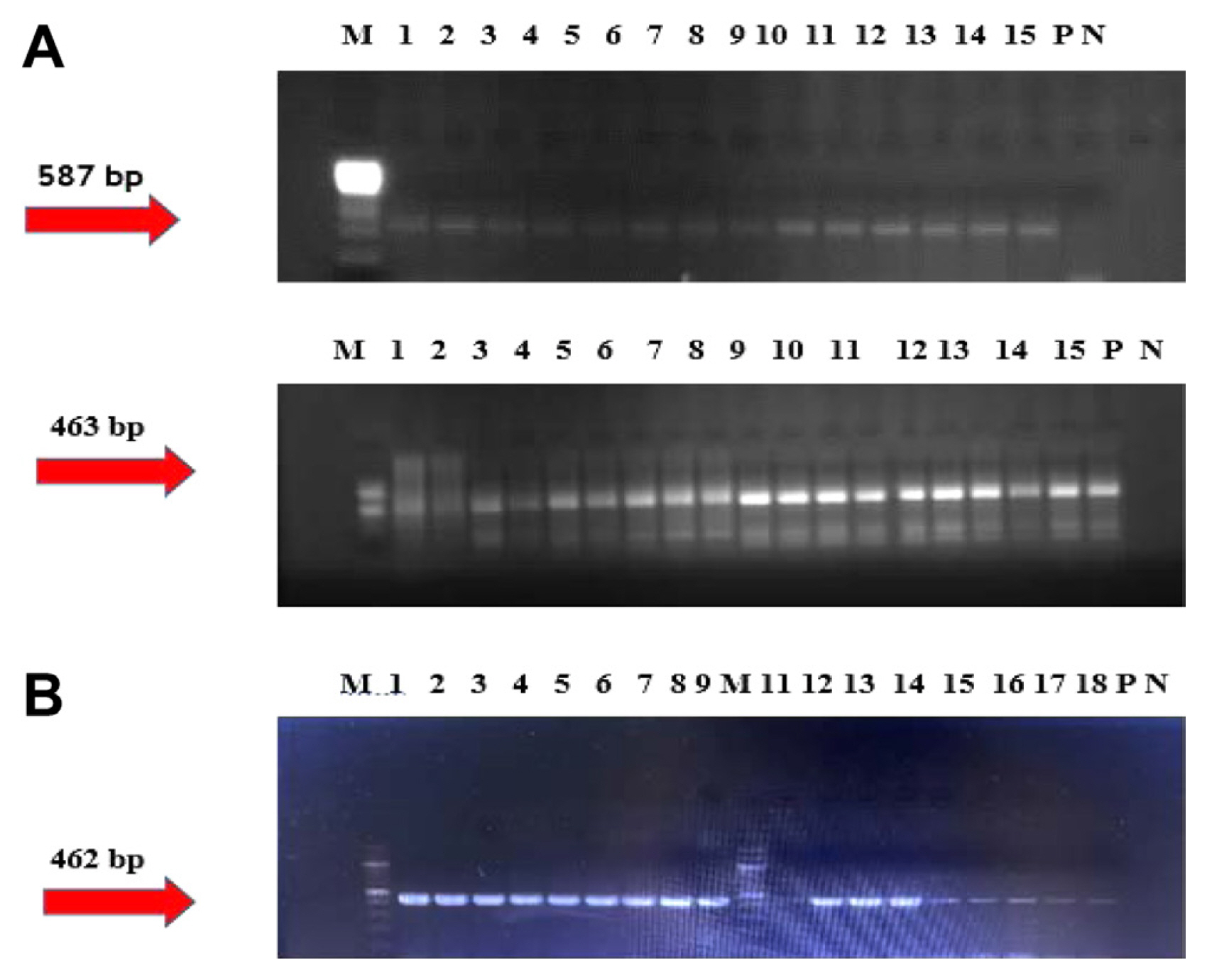
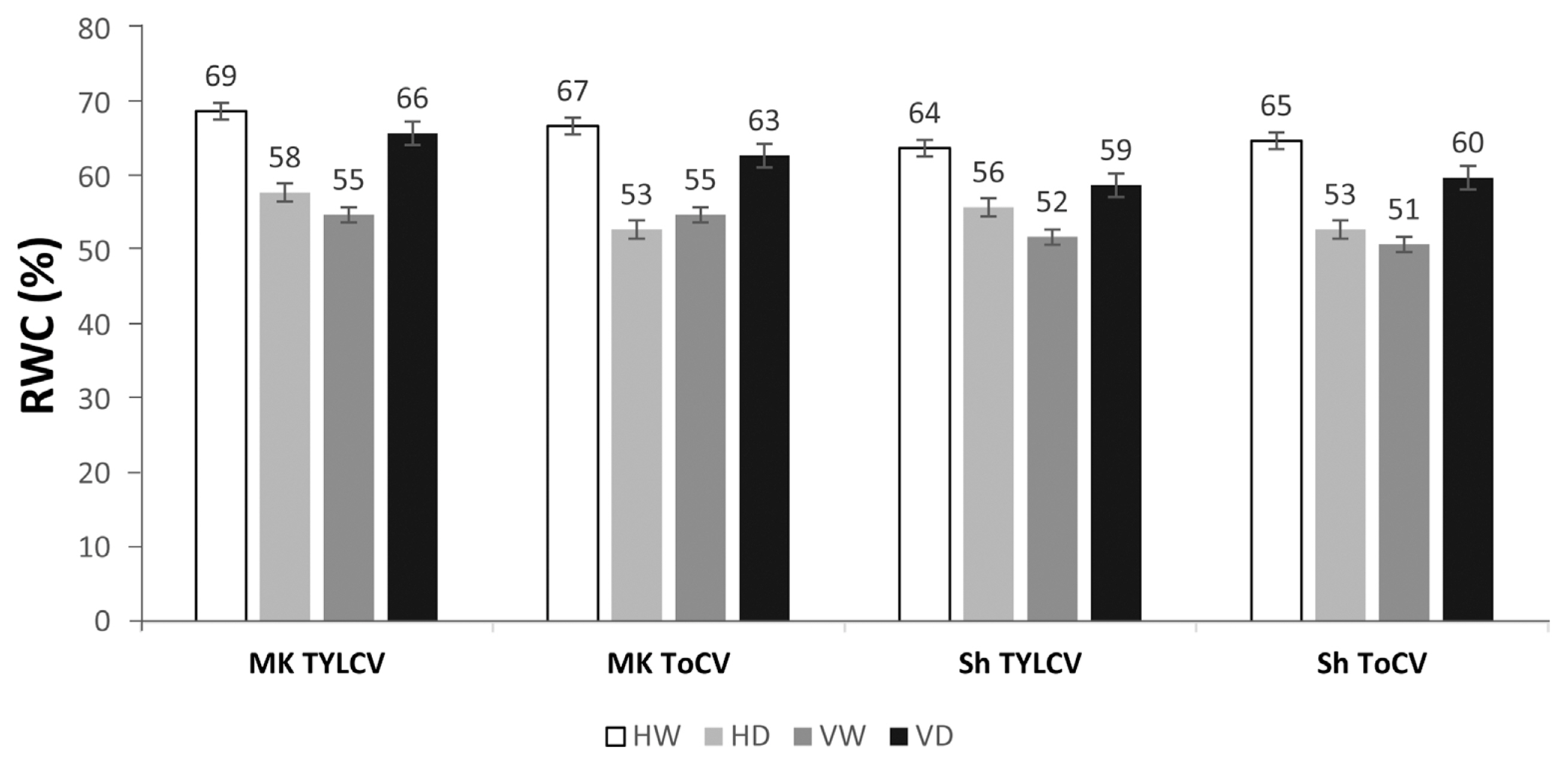

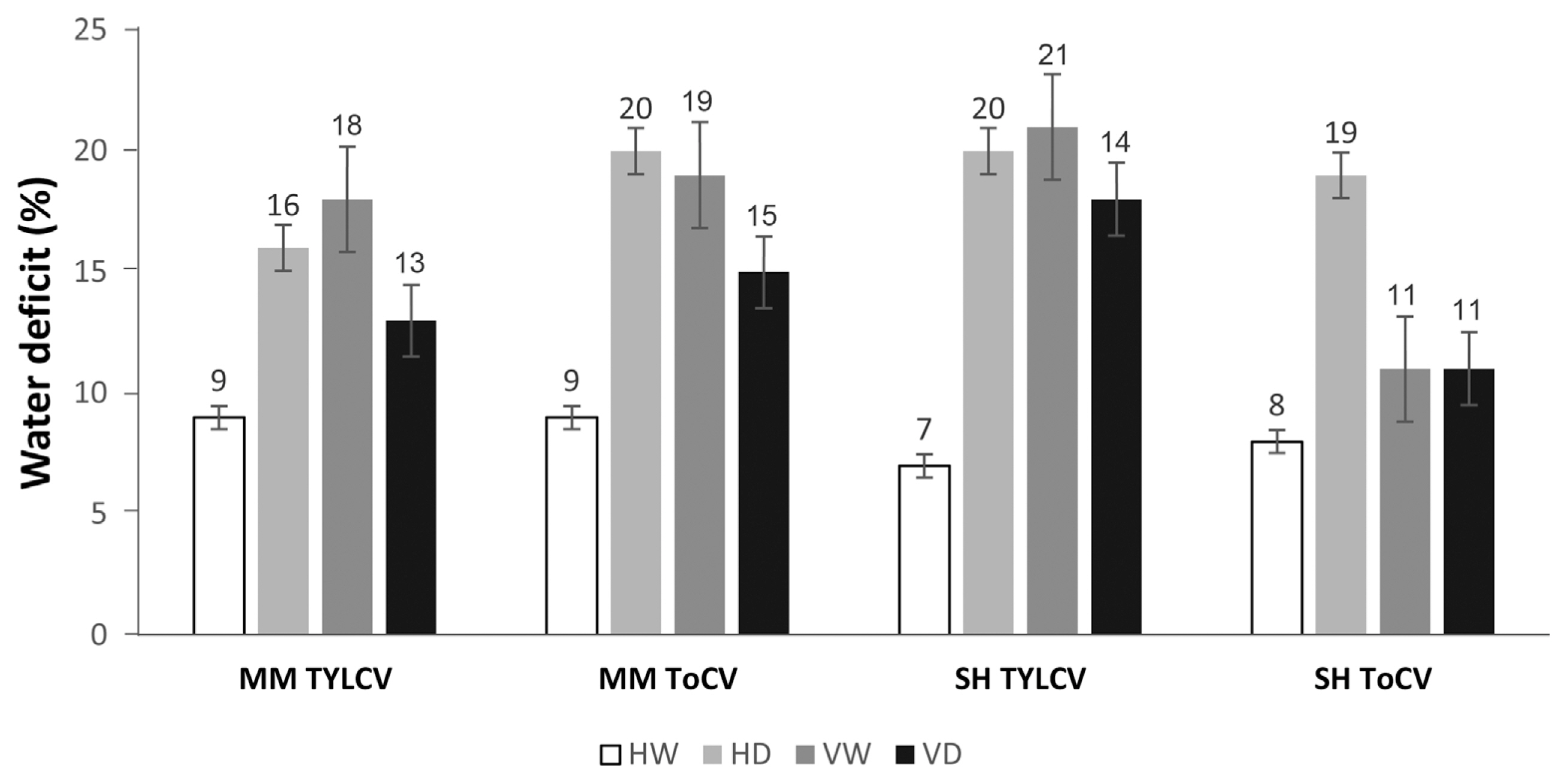









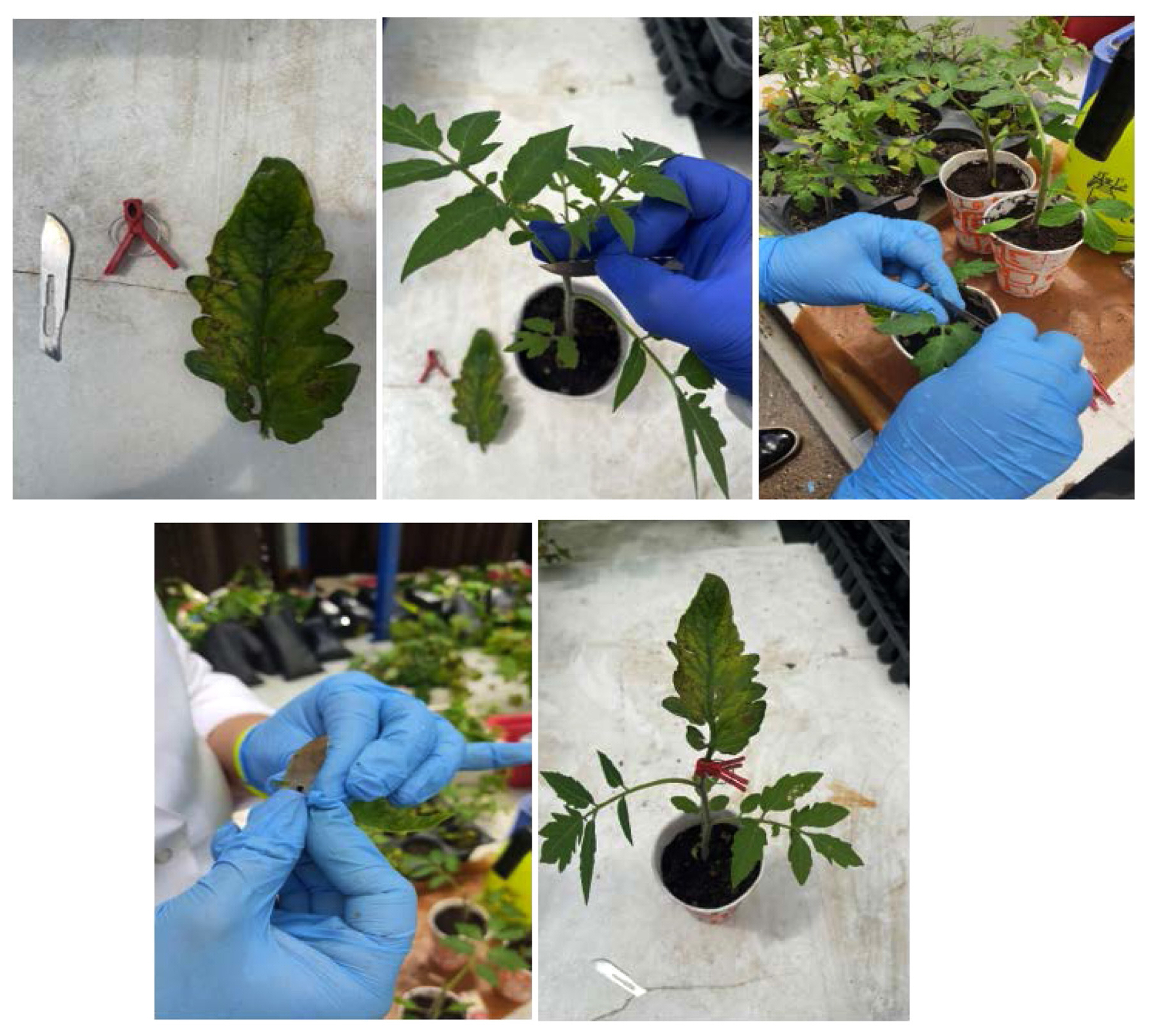
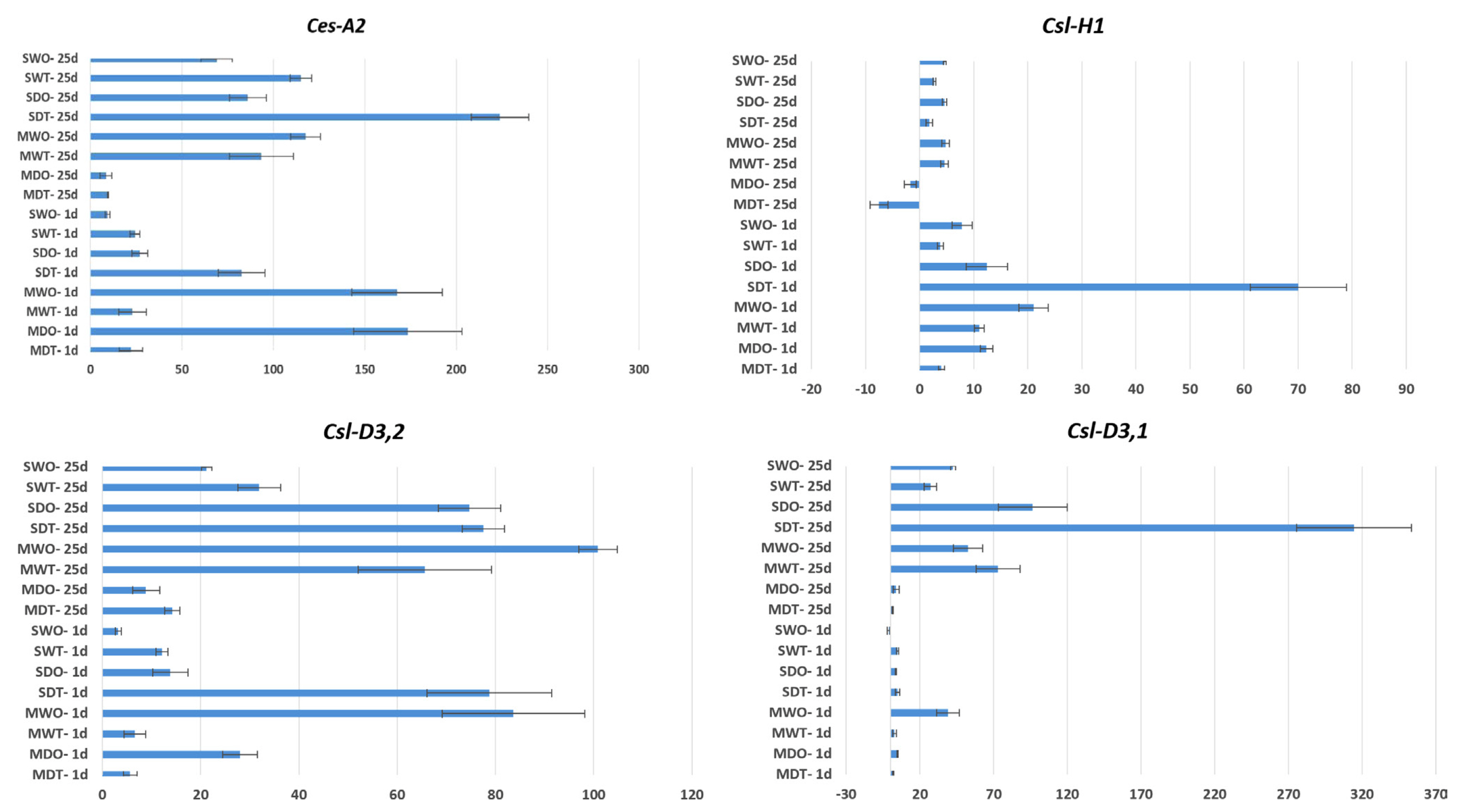
 PDF Links
PDF Links PubReader
PubReader ePub Link
ePub Link Full text via DOI
Full text via DOI Full text via PMC
Full text via PMC Download Citation
Download Citation Print
Print



